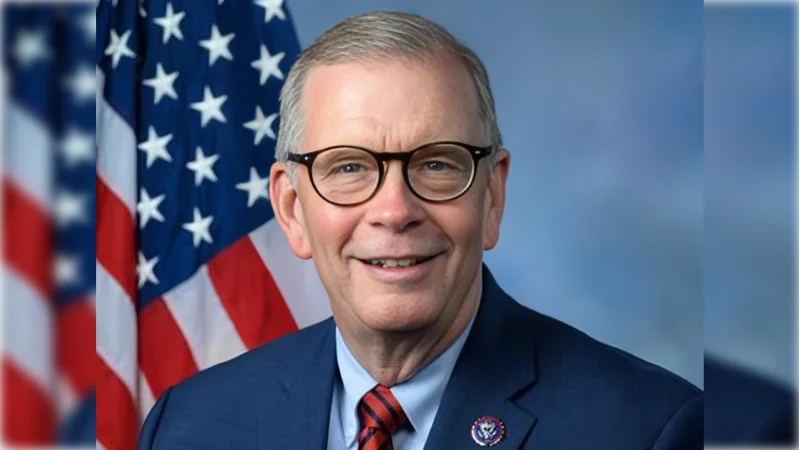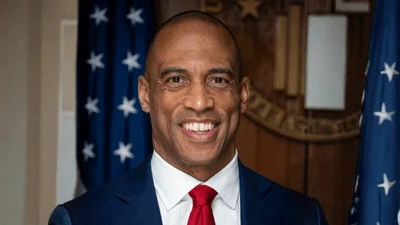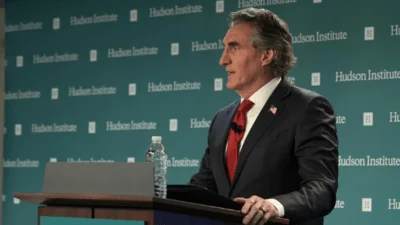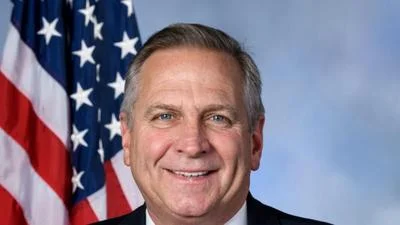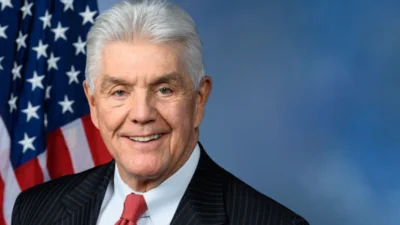Education and Workforce Committee Chairman Tim Walberg addressed the topic of innovation in higher education during a hearing titled “The Future of College: Harnessing Innovation to Improve Outcomes and Lower Costs.” In his opening statement, Walberg highlighted the need for changes in how colleges operate to better serve students.
Walberg pointed out that only about 61 percent of first-time college students complete their degree within six years. He also noted that completion rates are lower for non-traditional and part-time learners. According to Walberg, nearly 42 million Americans have attended college but did not earn a credential, reflecting what he described as a significant gap in the education system.
He said, "This 'some college, no credential' population underscores a critical gap in our education system: too many students invest time and money in higher education without ever seeing the return they deserve."
Walberg also discussed differences between educators’ and graduates’ views on workforce readiness. "Nearly nine in ten educators believe their students are ready for the workplace, yet only half of recent graduates feel prepared for entry-level roles, and just one in three believe their education was worth the cost," he stated.
He emphasized that most current college students are non-traditional, including working adults, parents, caregivers, and veterans. Walberg cited demographic changes such as an expected 13 percent decrease in new high school graduates entering college between 2025 and 2041. He also mentioned that only 62.8 percent of 2024 high school graduates enrolled in college immediately after graduation—a four percentage point drop since 2019.
"These realities demand new technologies, new models, and a new mindset to ensure higher education truly meets the needs of students and families," Walberg said.
He described several innovations already underway. "Artificial intelligence, or AI, for example, is transforming learning and operations. Students and faculty are using AI to brainstorm ideas, tutor, design coursework, and streamline feedback. Institutions are automating administrative workflows to reduce costs and improve service," he explained.
Other examples included online and hybrid classes making education more accessible for people who need flexibility; course-sharing partnerships among colleges; and collaborations between colleges and employers to align programs with workforce needs.
According to Walberg, federal support is playing a role: "The Trump administration is helping accelerate this progress by prioritizing AI literacy and directing competitive grants toward AI implementation in higher education—reflecting a commitment to modernizing our higher education system and ensuring innovation leads to real results for learners."
He concluded by introducing panelists who represent efforts across higher education to drive innovation.
